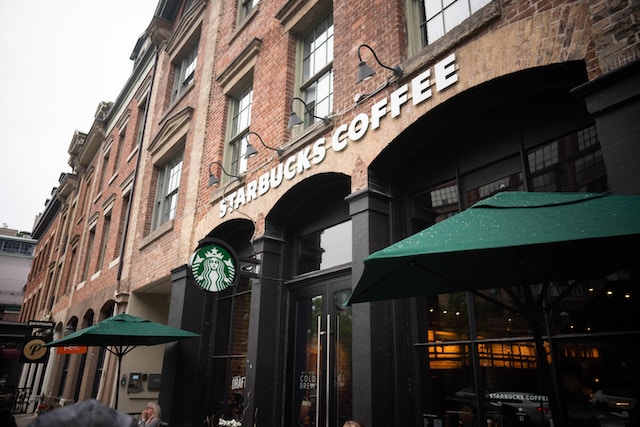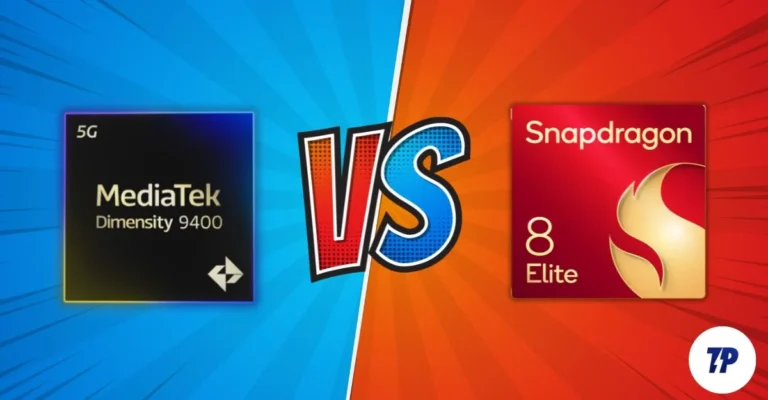A recent Starbucks strike has made headlines as LGBTQ employees express their frustration over insufficient hours and benefits. The strike gained further attention when it coincided with a controversy surrounding Starbucks’ Pride decor. This article delves into the reasons behind the strike and explores the significance of the Pride decor in relation to the LGBTQ community.
Understanding the Starbucks Strike:
The Starbucks strike emerged as a result of long-standing grievances held by LGBTQ employees regarding their working conditions. The primary concerns revolve around the inadequate number of working hours and the lack of comprehensive benefits. LGBTQ workers argue that these issues disproportionately affect them, leading to financial instability and reduced access to crucial resources.
In recent years, Starbucks has made efforts to position itself as an inclusive and supportive employer for LGBTQ individuals. However, employees claim that the company’s actions have not aligned with its inclusive image. The strike serves as a collective call for Starbucks to address these concerns and ensure equal treatment for all employees, regardless of their sexual orientation or gender identity.
The Pride Decor Controversy:
As the strike gained traction, another issue came to the forefront—the Pride decor controversy. Starbucks, like many other companies, often displays Pride-themed decorations during the month of June to show support for the LGBTQ community. However, some employees and LGBTQ activists argue that these displays are performative and lack substance, considering the ongoing issues faced by LGBTQ employees within the company.
Critics argue that while Pride decor may be visually appealing, it should not overshadow the pressing concerns of underrepresented employees. They contend that Starbucks needs to prioritize the fair treatment and well-being of LGBTQ workers before engaging in symbolic gestures.
The Significance of Pride Decor:
Pride decor has long been a symbol of solidarity and visibility for the LGBTQ community, providing a platform to celebrate diversity and promote inclusivity. However, the Starbucks strike has ignited a broader conversation about the importance of authenticity and action when it comes to supporting marginalized communities.
For many LGBTQ individuals, a company’s commitment to inclusivity extends beyond Pride month. It involves creating a safe and equitable working environment year-round, addressing systemic barriers, and fostering a culture of acceptance. Pride decor alone is not enough to meet these expectations, and companies must strive for substantive change to support their LGBTQ employees effectively.
Moving Forward:
The Starbucks strike serves as a powerful reminder that performative gestures alone are not sufficient to meet the needs of marginalized employees. It calls for companies to take tangible steps to improve working conditions, offer fair benefits, and promote inclusivity throughout the year.
For Starbucks, the strike provides an opportunity to reassess its policies and prioritize the concerns raised by its LGBTQ workforce. By actively engaging with employees and advocacy groups, Starbucks can work towards creating a more supportive and equitable environment for all.
Conclusion:
The Starbucks strike, stemming from the frustrations of LGBTQ employees over inadequate hours and benefits, has brought attention to the issue of performative support during Pride month. The controversy surrounding Starbucks’ Pride decor highlights the need for genuine and lasting changes within companies to support their LGBTQ workforce effectively. By addressing the concerns raised by employees and taking concrete actions, companies can create a workplace that is truly inclusive and supportive throughout the year.












